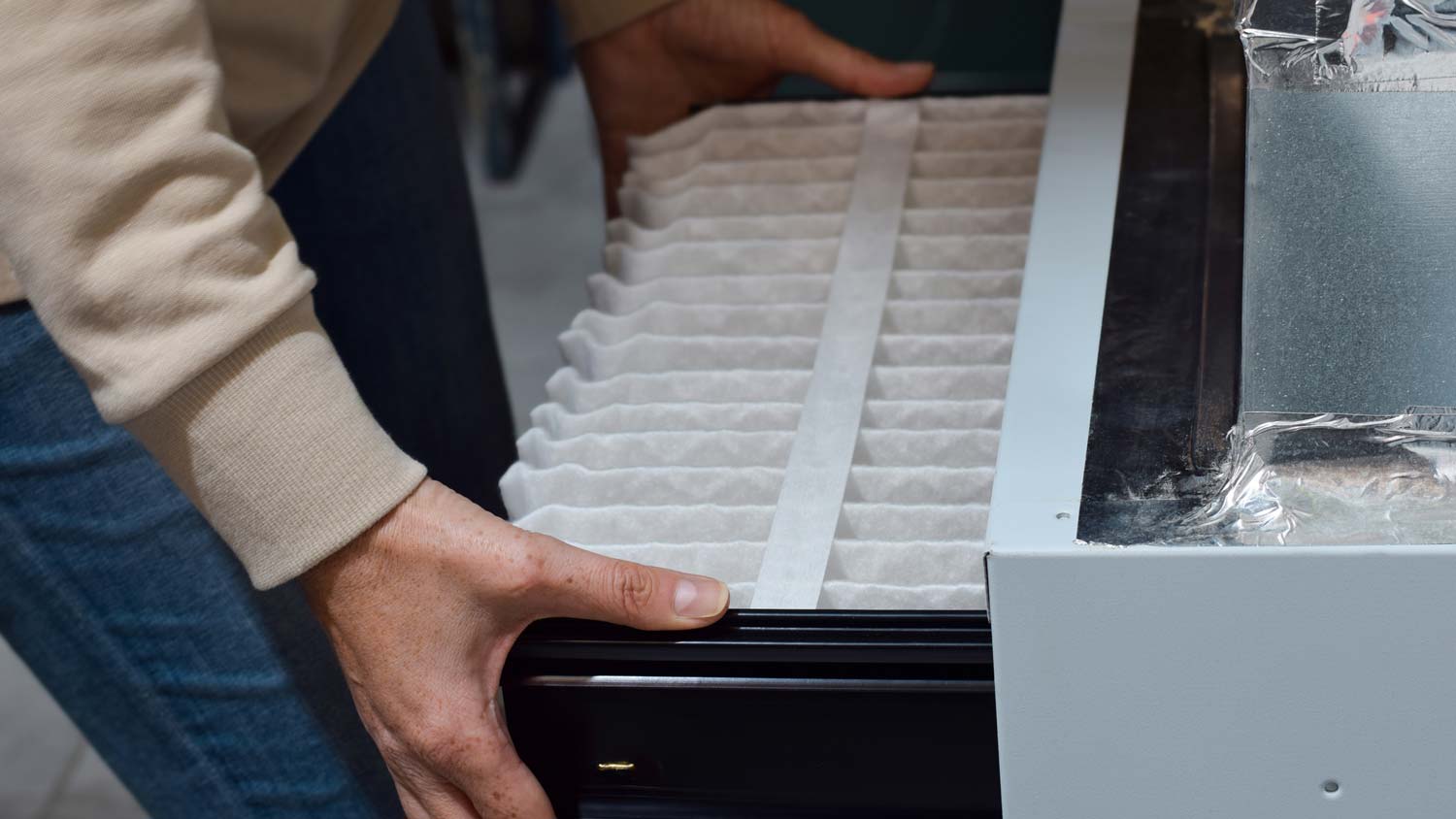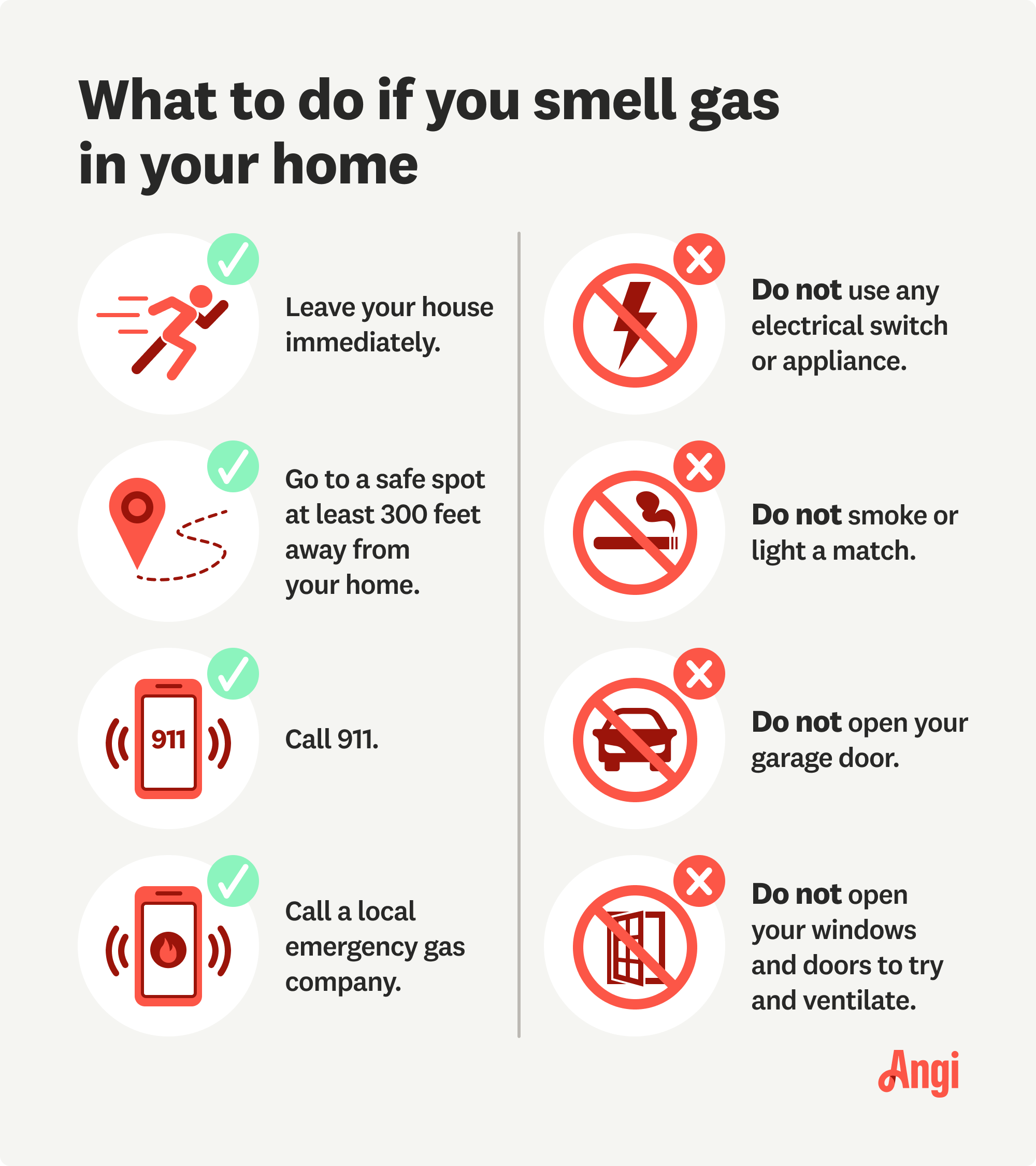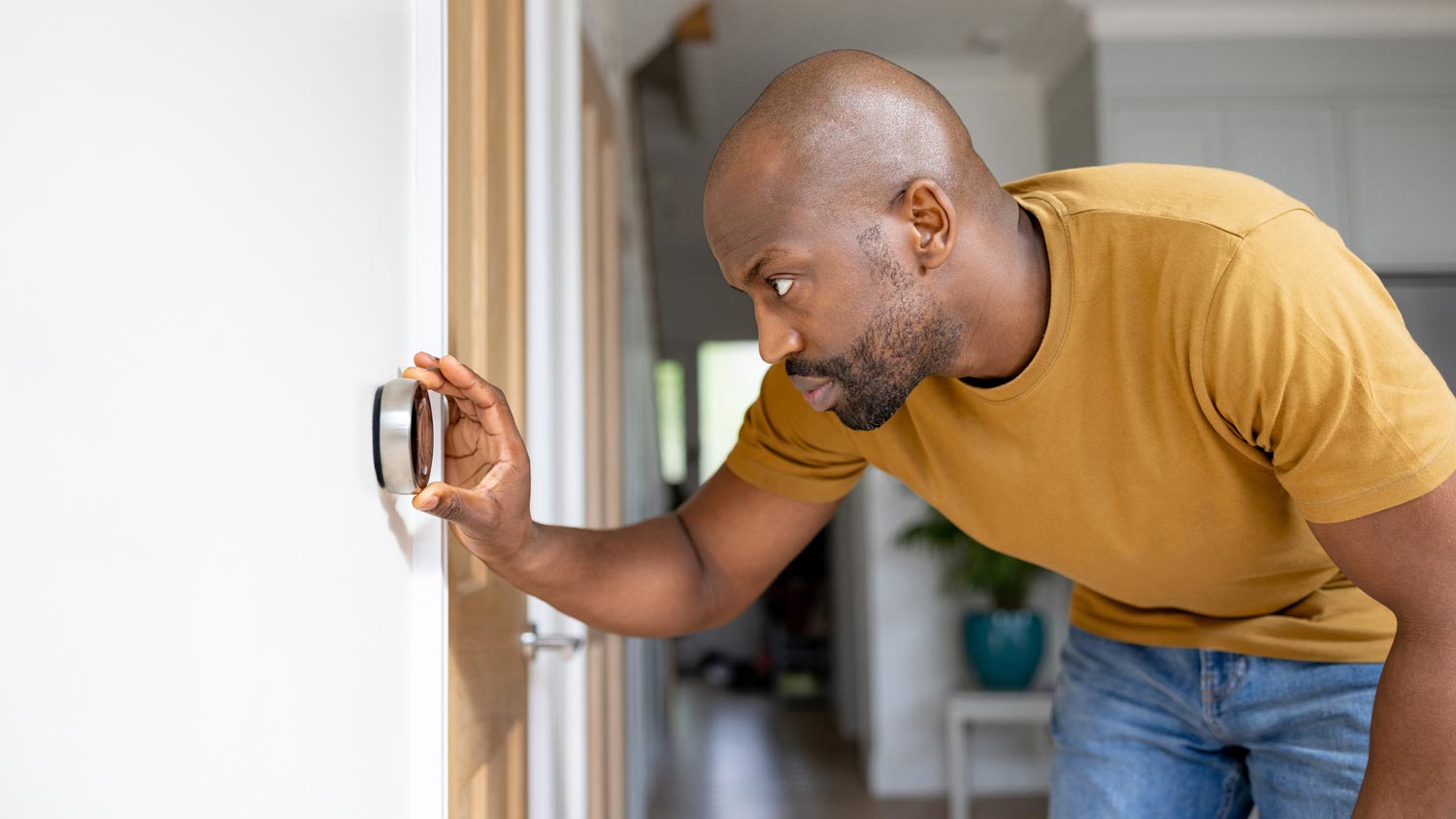
What you’ll pay in Columbus, OH, for furnace repairs depends on many factors. Here’s a breakdown of what can go wrong and the cost to fix those issues.
Keep an eye (and an ear) out for these furnace issues


The most common furnace problems include dirty filters, faulty thermostats, and failing pilot lights.
In some instances, fixing a furnace problem is as simple as replacing the filter.
If the furnace problem is more serious, you may need a total furnace replacement.
Some furnace issues can be dangerous and require immediate attention.
Whether it’s a sky-high energy bill or a screeching sound when you turn on your heat, there are some unpleasant indicators that you might have an issue with your furnace. While routine maintenance can prevent some furnace problems, others can occur no matter how well you take care of your heating system. Here are some of the most common ones you might encounter.
According to Angi data, nearly 41% of customers reported that their gas furnace or forced air heating system doesn’t provide heat or doesn’t get hot enough. Other common problems include pilot light out, makes odd noises, smells funny, and cycles off too rapidly or runs constantly.
Check out how your furnace problem stacks up against other Angi customers:
There are a few situations in which a bad thermostat could cause furnace problems. For example, if your thermostat doesn’t maintain its settings, it could shut off the furnace before it finishes a heating cycle. Or, if the thermostat can’t read the temperature, it might prompt your furnace to turn on unnecessarily.
In some cases, you can identify and fix furnace thermostat issues yourself. Testing the batteries and removing any dust from the thermostat are two examples of DIY thermostat troubleshooting. If that doesn’t work (or if you notice any loose electrical wires), it’s better to call a professional.
Two repairmen arrived within 3 hours of my call, diagnosed the problem within 10 minutes (the temperature limiter inside the unit had failed, so it wouldn't allow the unit to heat), found a parts supplier close by, picked up the part, came back and replaced it, and had my unit working again within 2 hours.
— Elliott K., New York, New York
Over time, your furnace’s relay switch can corrode, overheat, or simply wear out. When this happens, the switch, which tells the motor to keep running, can get stuck or stop working properly.
If you think you might have a furnace relay switch problem, be sure to replace the part or contact a local furnace repair pro ASAP. The switch needs to work correctly. Otherwise, it puts your furnace at risk of electrical damage.

Dirty filters can cause a slew of furnace problems, including inadequate heating, poor indoor air quality, unnecessary stress on your HVAC system, and higher energy bills. Depending on your filter’s thickness, you’ll need to change it every 30 to 90 days. Fortunately, replacing a furnace filter is a simple task that you can tackle in about 15 minutes.
You could also run into furnace problems if your pilot light starts acting up. The flame should be blue (possibly with a yellow or red tip). If it isn’t, it could indicate that there’s too much carbon monoxide or that the pilot light is burning other substances (like dirt). Sometimes, the flame might even go out entirely. These situations can be dangerous, so we recommend hiring an HVAC professional to inspect any pilot light issues.
If your pilot light produces a strange smell that’s similar to rotten eggs, shut off the furnace immediately because there could be a gas leak. Then, leave your house and call emergency services.

However, not all types of furnaces have pilot lights. In fact, newer models often have electronic ignitions. If your furnace’s ignition quits working, you should bring in a pro to clean or replace it.
Like other parts of your furnace, the bearings on the blower motor can wear down as time goes on. When they need replacing before your furnace does, they’ll make a scraping sound. If you hear this, turn off the furnace and call an expert.
Similarly, if the blower motor’s belt frays or breaks, you might hear loud, high-pitched squeaks coming out of the furnace. Also, the belt sometimes slips out of alignment and needs readjustment. In either case, it’s best to have a professional fix it.
Heat exchangers, which warm up the air that goes through your ducts, can occasionally crack. If they do, you might feel unheated air coming through your vents, notice the pilot light changing colors, or hear a rattling sound coming from your furnace.
Hopefully you don’t have a cracked heat exchanger because it’s one of the priciest furnace problems to fix. But if you think you might, make sure to call a repair person ASAP. Otherwise, the damaged part could create a dangerous gas leak.

A furnace that runs constantly could signal a limit switch issue, which may lead to overheating within your HVAC system. If you’re experiencing this problem, have a furnace pro come check it out.
Of course, you don’t want your furnace to switch on and off all day, either. If it does, it might mean that your thermostat’s temperature is set too low or too high. Ideally, it should stay between 60 and 80 degrees Fahrenheit. If adjusting the temperature doesn’t help, try changing the filter.
From average costs to expert advice, get all the answers you need to get your job done.

What you’ll pay in Columbus, OH, for furnace repairs depends on many factors. Here’s a breakdown of what can go wrong and the cost to fix those issues.

Factors such as labor and parts impact the final price of repairing a window AC unit. Learn all of the costs associated with window air conditioner repair.

Find out the average humidifier repair cost, what impacts pricing, and how to save. Get expert tips to budget for your humidifier repair.

Your return air vent is responsible for removing warmer air, so testing it ensures you keep your environment comfortable and there are no HVAC problems.

Learn how to reset your boiler safely with our comprehensive guide. Don't let heating issues disrupt your comfort this winter.

Not sure who to hire to install radiant floor heating? Learn which pros handle radiant floor heating installation and how the work comes together.